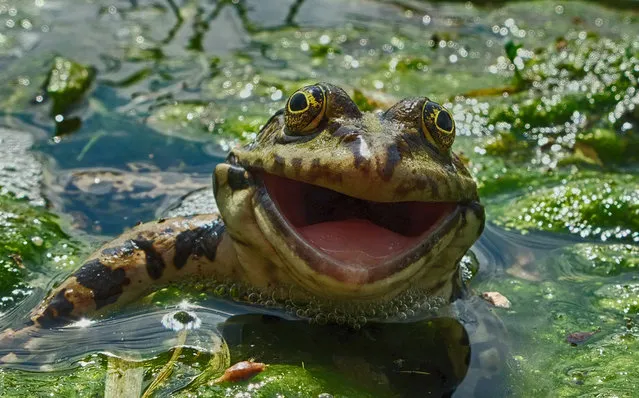
British reality TV personality Scotty T (Scott Timlin) partied at the Aruba Nightlcub in Redcar, England last night, June 11, 2018 and fans couldn't wait to see his new Tattoo. Scotty just whipped down his kegs and showed anyone who asked, with a queue of 200 girls it was quite a night. One girl asking to kiss his bottom whilst most just wanted a glimpse of his new Stephen Bear Tattoo. (Photo by Blackburn/Backgrid)
12 Jun 2018 07:46:00,post received
0 comments

